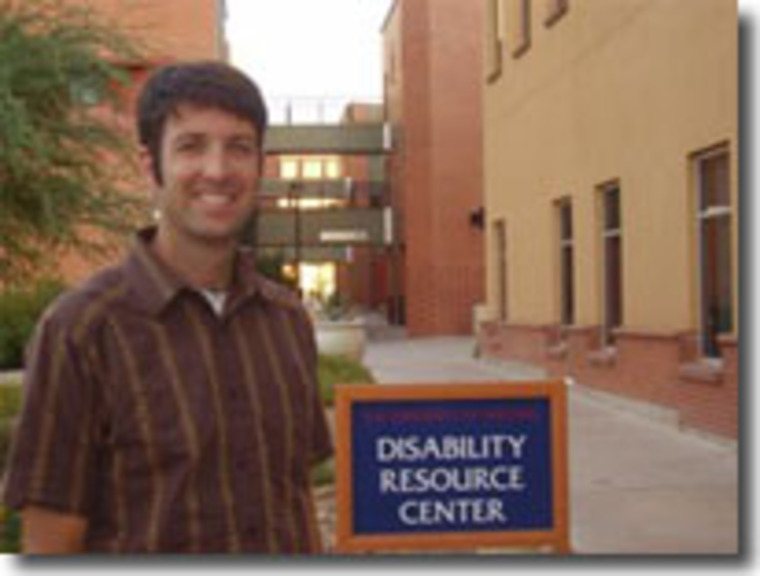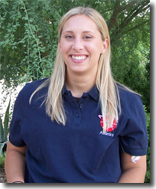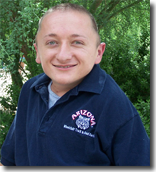Nick Rattray

Nick Rattray, co-sponsored by the Disability Resource Center (DRC) and the Bureau of Applied Research in Anthropology (BARA), and the UA Department of Anthropology
In the last few decades, many university campuses have embarked on planning efforts to improve access and services for people with disabilities. More recently, a framework called “Universal Design” has been promoted as a way to move beyond a strategy of accommodating individuals into a focus on structural change that benefits the population as a whole. However, we understand less about the experience of people with disabilities in actually navigating through multiple campus environments – built, social, information – on the university campuses. This project seeks to involve students with disabilities in research using qualitative and geospatial techniques in order to evaluate the accessibility of the campus environment. Through direct participation in the research process, the project aims to encourage students with disabilities to engage in math, science, and geography, fields in which they are traditionally underrepresented
The main partner in the project is the Disability Resource Center (DRC). Staff at the DRC will help recruit participating students and contribute to the project design. In addition, the Center for Applied Spatial Analysis (CASA) will provide Global Positioning Systems (GPS) equipment and Geographic Information Systems (GIS) software for data collection, as well as a laboratory space for data analysis and evaluation. The research results will be addressed to the DRC, the campus planning units, and the participating academic departments.
Working as a team, students affiliated with the Disability Resource Center will collect information about campus accessibility, with the goal of understanding how universal design affects the use of space and educational outcomes. The project participants will utilize geospatial, qualitative and participatory research methods. During fifteen weeks, teams of 3-4 students will evaluate the accessibility of different areas of the UA campus, collecting information about how people with disabilities experience the social and built environment. This will include the paths that people travel, their interactions with labs and classrooms, and perceptions and attitudes students encounter. In the first phase, students will gather qualitative data about the meaning of accessibility by using “map” interviews and focus groups. Next, the students will learn how to collect and analyze geospatial data using GPS technological and GIS software. The data collected will be then uploaded into a web-based, publicly accessible interface, with portions of the qualitative data integrated with the geospatial data. Finally, the students will take a participatory research approach to understand, analyze, and evaluate strategies proposed by the campus planners.
Fall 2007 Update

 Jackie Cimino and Kyle Mutz joined the project during the Fall 2007 semester as Space Grant interns, supported by the Foundation Carinoso. Jackie is a psychology major in her third year at Arizona, and plays on the UA wheelchair tennis team. Kyle is working on his Masters in Rehabilitation Counseling, and recently returned from competing on the track in the Para-Pan American Games in Brazil. Kyle and Jackie worked on creating a final report for the project that was shared with the wider UA community, and built a web-accessible GIS interface for displaying the results of the map interviews.
Jackie Cimino and Kyle Mutz joined the project during the Fall 2007 semester as Space Grant interns, supported by the Foundation Carinoso. Jackie is a psychology major in her third year at Arizona, and plays on the UA wheelchair tennis team. Kyle is working on his Masters in Rehabilitation Counseling, and recently returned from competing on the track in the Para-Pan American Games in Brazil. Kyle and Jackie worked on creating a final report for the project that was shared with the wider UA community, and built a web-accessible GIS interface for displaying the results of the map interviews.

